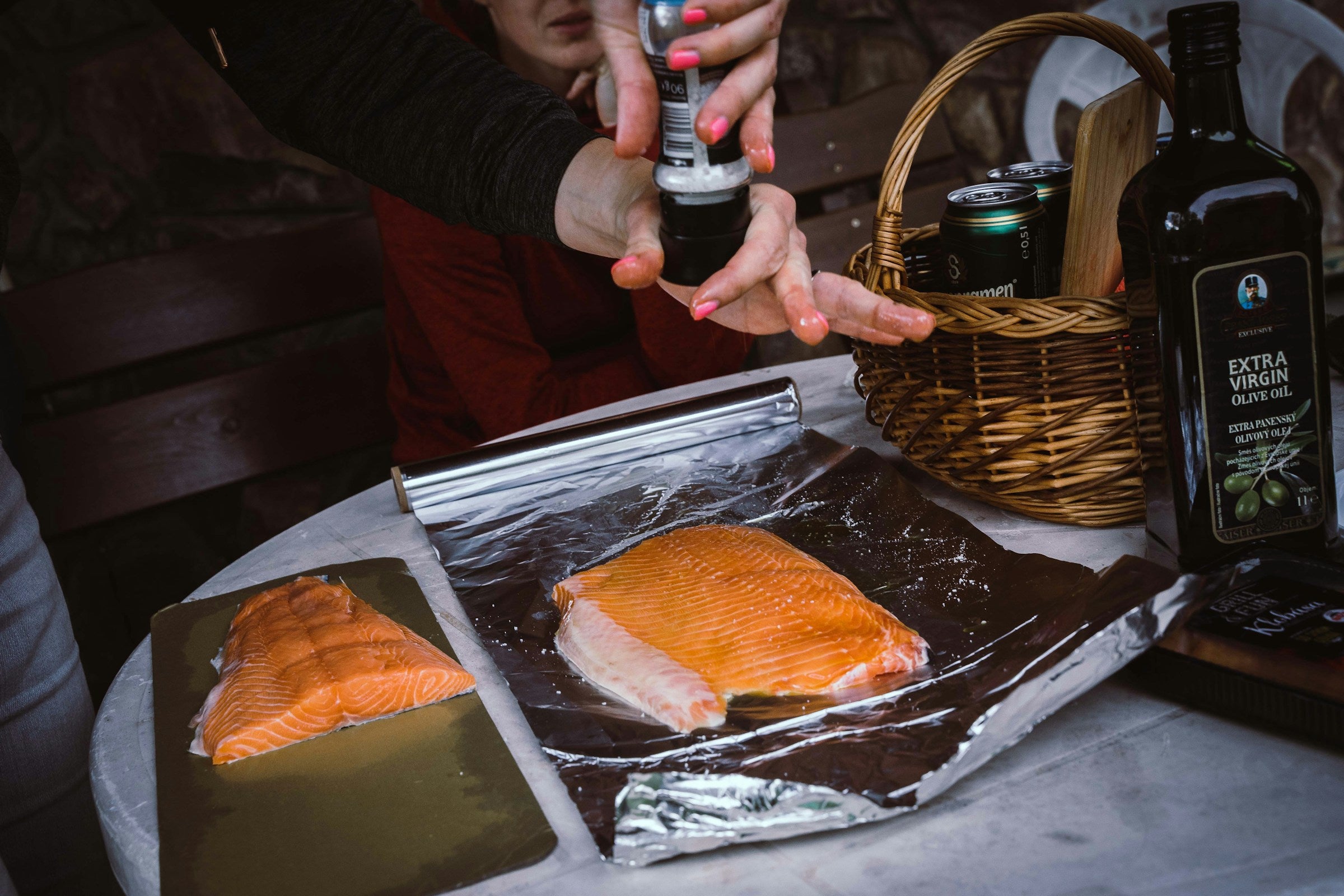Baked salmon is one of the easiest and healthiest ways to enjoy this rich, flavorful fish. Whether it’s a weeknight dinner, a summer al fresco meal, or a special occasion, salmon fillets are quick to cook, versatile, and delicious. With just a few ingredients and the right oven settings, you can achieve moist, flaky salmon every time.
Ingredients for Oven-Baked Salmon
- Salmon fillets (6–8 oz each)
- Olive oil or butter
- Salt and freshly ground black pepper
- Optional: lemon slices, herbs (dill, thyme, parsley)
- Optional: garlic or other seasonings
How to Bake Salmon in the Oven (Step-by-Step)
Step 1: Preheat the Oven
Choose your temperature based on the result you want:
- 350°F: Gentle cooking for flaky texture (~25 minutes).
- 400°F: Balanced cooking for golden color and crispy skin (10–15 minutes).
- 425°F: Hot & fast cooking for a tender and buttery texture (8–12 minutes).
Step 2: Prepare the Salmon
- Pat fillets dry with paper towels.
- Place on a lightly oiled baking sheet, in foil, or on parchment paper.
- Drizzle with olive oil or place a small knob of butter on top.
- Season with salt, pepper, and optional herbs or lemon slices.
Tip: Baking in foil or parchment traps moisture and infuses flavors, keeping the salmon tender and moist.













